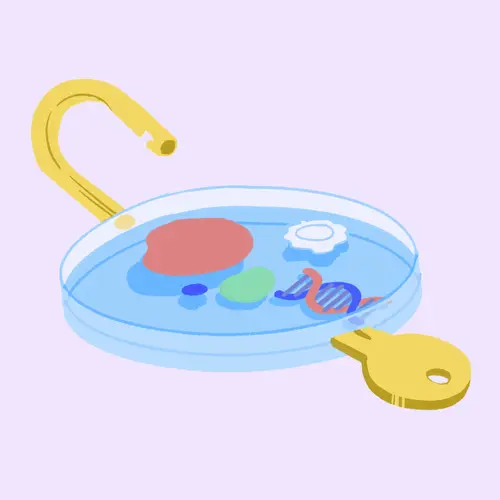Beauty products -- everything from shampoo to makeup to cologne -- can help you feel on top of your game. They can also cause irritated skin or an allergic reaction. A dermatology study published in 2010 found that more than a third of over 900 study participants had at least one allergic reaction to cosmetic ingredients.
Problems can range from simple rashes to full-blown allergic reactions. Symptoms can start right after you use something new -- or after years of using a product with no problems.
There are two types of skin reactions to beauty products. One, called irritant contact dermatitis, happens when something actually damages your skin. Your skin might burn, sting, itch, or get red right where you used the product. You might get blisters and have oozing, especially if you scratch.
The other kind of reaction actually involves your immune system. It’s called allergic contact dermatitis and symptoms can include redness, swelling, itching, and hives. Your skin can get red and raw. You can get an allergic reaction on any part of your body, although it happens most often on the face, lips, eyes, ears, and neck.
It can be hard to tell the two types of reactions apart. You can even have a reaction that’s a combination of the two.
Fragrances and preservatives are often to blame. Even products that say they are "unscented" can have a fragrance used to cover up chemical scents. You may not smell it, but it's there, and may cause an allergic reaction.
To be sure there's no perfume, look for products marked "fragrance-free" or "without perfume."
Almost any product that has water must have some preservatives. The most common are parabens, imidazolidinyl urea, Quaternium-15, DMDM hydantoin, phenoxyethanol, methylchloroisothiazolinone, and formaldehyde. All have been linked to skin allergies.
Beauty Products to Watch for
The beauty products most likely to cause skin reactions include bath soaps, detergents, antiperspirants, eye makeup, moisturizers, shampoos, long-wearing lip stains, nail polish (especially those that have formaldehyde), and fingernail glue containing methacrylate.
Hair dyes can also cause skin reactions, especially those containing p-phenylenediamine as well as ammonium persulfate used to lighten hair.
Beauty products that have alpha-hydroxy acids can cause problems for some people, like redness, swelling, blisters, and itching -- especially with products that have an AHA level over 10%.
Retin-A wrinkle creams and serums can also cause irritant contact dermatitis in some people.
Many people have "sunscreen sensitivity." For them, almost all sun-protection products can cause a dermatitis-type reaction. If this is the case for you, talk to a dermatologist about how to best protect your skin from the sun.
Treatments for Skin Reactions
The most important thing is to stop using whatever’s causing the reaction right away. This may be enough to fix the problem. Some hydrocortisone preparations may cause side effects for sensitive areas like your face, so first check with your doctor before using it.
How to Avoid Skin Reactions to Beauty Products
- Look for products with the fewest ingredients. This will lower your chance of a reaction.
- Do a patch test before using any product. Place a small amount on the inside of your elbow and wait 48 hours to 72 hours. If you have redness, swelling, itching, or burning, don't use that product.
- Always apply fragrance to your clothes, not your skin. This can help reduce the risk of reaction to the fragrance. It can also reduce the risk of the fragrance interacting with ingredients in other products and causing a skin reaction.
- Just because a label says something is "hypoallergenic," "dermatologist tested," "sensitivity tested," or "non-irritating," that's no guarantee that the products will be kind to your skin. Some companies do the testing, others don't. There are no rules about how these terms can be used on a label.

